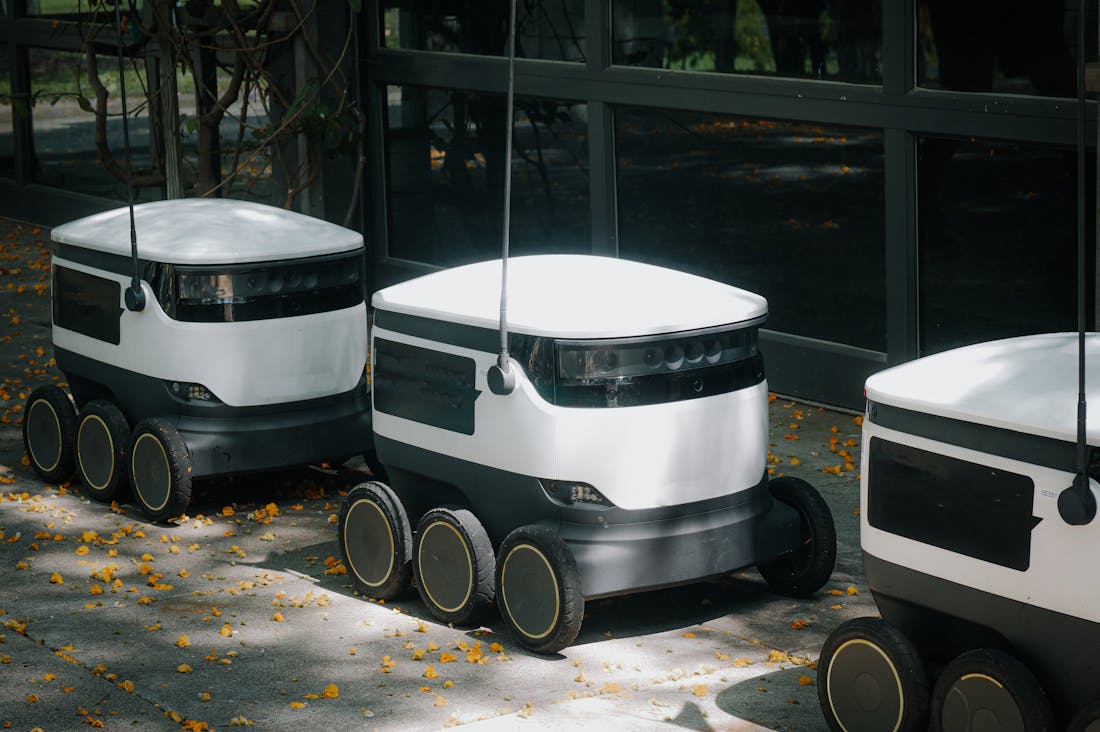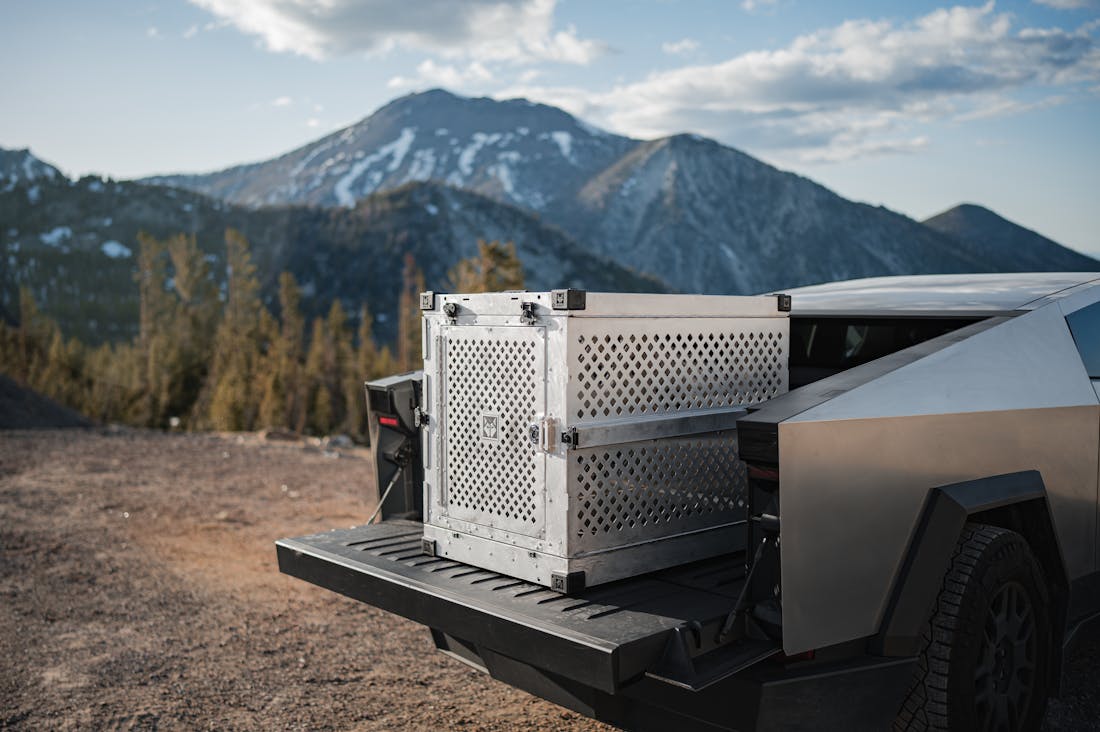In recent years, the automotive industry has undergone a remarkable transformation, driven by innovative technologies that are reshaping the driving experience. From electric vehicles and advanced driver-assistance systems to integrated connectivity and artificial intelligence, these advancements not only enhance safety and efficiency but also redefine how we interact with our vehicles. As we delve into the latest trends in automotive technology, we will explore the exciting developments that are paving the way for a smarter, more sustainable future of transportation. Buckle up as we embark on this journey through cutting-edge innovations that are revolutionizing the way we drive.

Future of Autonomous Vehicles
The future of autonomous vehicles (AVs) holds immense promise and potential to revolutionize transportation as we know it. As technology advances, we can anticipate a significant reduction in traffic accidents, as AVs are designed to communicate with each other and their surroundings, improving safety on the roads. With artificial intelligence and machine learning, these vehicles will adapt to various driving conditions and user preferences, enhancing the overall driving experience. Cities may undergo transformative changes to accommodate this technology, with reduced need for parking spaces and new infrastructure developments. Additionally, the widespread adoption of AVs could lead to improved mobility for those unable to drive, creating greater inclusivity. As regulations evolve to keep pace with technological advancements, public acceptance will play a critical role in determining how quickly and effectively this innovative mode of transportation integrates into everyday life.

Enhanced Connectivity Features
Enhanced connectivity features are essential in today's increasingly digital world, facilitating seamless communication and interaction among devices, networks, and users. These features often include advanced Wi-Fi standards, 5G capabilities, and integration with smart home technologies, allowing for faster data transfer, reduced latency, and improved reliability. Additionally, enhanced connectivity supports the Internet of Things (IoT), enabling various devices to connect and communicate effortlessly, from home appliances to wearable technology. Features like Bluetooth 5.0, near-field communication (NFC), and wireless mesh networks further enrich user experiences by promoting interoperability and ease of access. As technology evolves, these connectivity enhancements will continue to redefine how we interact with our environments, fostering a more integrated and efficient digital lifestyle.

Sustainable Innovations in Auto Manufacturing
Sustainable innovations in auto manufacturing have gained significant momentum as the industry shifts towards more environmentally friendly practices. This transformation encompasses the development of electric vehicles (EVs), which reduce reliance on fossil fuels and lower greenhouse gas emissions. Automakers are increasingly incorporating recycled and eco-friendly materials into their production processes, minimizing waste and conserving resources. Technologies such as 3D printing and advanced robotics enhance efficiency on the assembly line, reducing energy consumption and material waste. Additionally, manufacturers are adopting circular economy principles, aiming to recycle and repurpose components to extend product lifecycles. This commitment to sustainability not only benefits the environment but also appeals to a growing consumer base that prioritizes eco-conscious products.
The Role of AI in Revolutionizing Automotive Safety
Artificial intelligence (AI) is becoming a cornerstone in enhancing automotive safety features. By analyzing vast amounts of data from various sensors and cameras, AI systems can detect potential hazards in real time, thereby aiding drivers in making informed decisions. Features such as automatic emergency braking and lane-keeping assist are just the tip of the iceberg. As AI continues to evolve, we can expect even more sophisticated systems that predict and prevent accidents before they occur. This proactive approach to safety not only protects drivers and passengers but can also save lives and reduce insurance costs, fostering public trust in this technology.
The Impact of Electric Vehicles on Urban Infrastructure
The rise of electric vehicles (EVs) is prompting cities to rethink their infrastructure strategies. As more drivers transition to EVs, the demand for charging stations is increasing, necessitating the integration of these facilities into urban planning. Local governments are exploring various solutions, such as charging stations in public parking lots, shopping centers, and even on street corners. Moreover, cities are considering incentives for businesses and homeowners to install private charging units. This shift not only supports the adoption of EVs but also encourages renewable energy integration, as many charging stations can utilize solar power, further promoting a sustainable urban ecosystem.
Smart Traffic Management Systems for Safer Roads
Smart traffic management systems are becoming increasingly vital in addressing congestion and enhancing road safety. By utilizing real-time data from connected vehicles and traffic cameras, these systems can optimize traffic flow, reducing delays and emissions. The implementation of adaptive traffic signals that respond to current traffic conditions allows for smoother transitions at intersections. Furthermore, integrating these systems with autonomous vehicle technology can enhance the efficiency of both human-driven and self-driving cars. This synergy will ultimately lead to safer roads, less pollution, and a more pleasant driving experience for all road users.
Consumer Trends Driving Automotive Innovation
Understanding consumer trends is crucial for the automotive industry, as they directly influence innovation and product development. Today’s consumers prioritize features such as connectivity, sustainability, and personalization in their vehicles. Automakers are responding by integrating smart technologies that allow for seamless device connectivity and personalized driving experiences tailored to individual preferences. Moreover, as the younger generation becomes more environmentally conscious, the demand for electric and hybrid vehicles is skyrocketing. This shift is prompting manufacturers to invest heavily in research and development to meet these evolving consumer expectations, ensuring that their offerings align with market demands and sustainability goals.
AI-Assisted Content Disclaimer
This article was created with AI assistance and reviewed by a human for accuracy and clarity.